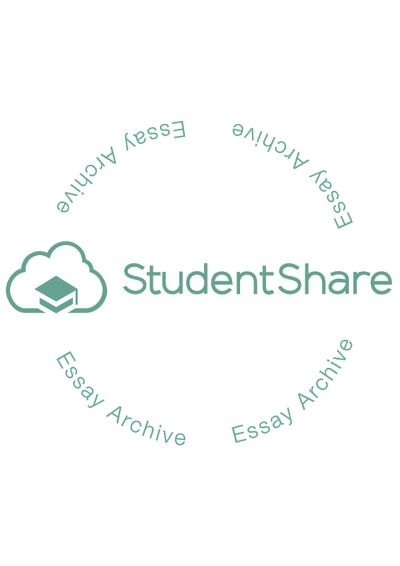Cite this document
(“Using of Windows 2000 Essay Example | Topics and Well Written Essays - 1750 words”, n.d.)
Retrieved de https://studentshare.org/information-technology/1390518-using-of-windows-2000
Retrieved de https://studentshare.org/information-technology/1390518-using-of-windows-2000
(Using of Windows 2000 Essay Example | Topics and Well Written Essays - 1750 Words)
https://studentshare.org/information-technology/1390518-using-of-windows-2000.
https://studentshare.org/information-technology/1390518-using-of-windows-2000.
“Using of Windows 2000 Essay Example | Topics and Well Written Essays - 1750 Words”, n.d. https://studentshare.org/information-technology/1390518-using-of-windows-2000.


